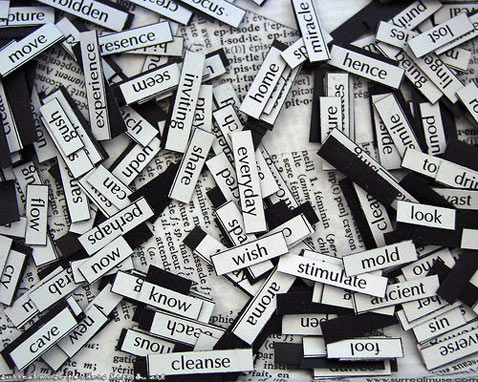
The Power of Word Choice: Editing for Precision and Impact in Picture Books
Hello, writers! In picture books, every word counts. Careful word choice can enhance your story’s precision and impact. Here are some tips for editing your manuscript with an eye for powerful word choice:
Be Specific – Choose specific, concrete words that paint a vivid picture for your readers. Instead of saying “flower,” specify “daisy” or “rose.” Specificity creates stronger imagery and makes your story more engaging.
Use Strong Verbs – Strong, juicy verbs can bring your story to life. Instead of saying “walked slowly,” use “strolled” or “ambled.” Strong verbs convey action and emotion more effectively.
Avoid Redundancy – Eliminate redundant words and phrases, and don’t write what the art will show. If something is implied by the context or will be shown in the illustration, there’s no need to state it explicitly. This keeps your writing concise and impactful.
Show, Don’t Tell – Use descriptive language to show what’s happening rather than telling. Instead of saying “she was scared,” describe her actions and expressions: “She clutched her teddy bear and trembled.”
Mind the Tone – Ensure your word choices match the tone and mood of your story. Playful, whimsical language suits a lighthearted tale, while more serious stories may require more thoughtful, evocative words and phrasing.
Simplify Complex Words – Young readers need simple, accessible language. Replace complex words with simpler alternatives that convey the same meaning. This makes your story more approachable for children. It’s OK to occasionally use more complex vocabulary that invites readers to stretch up or ask questions, but do so sparingly, and ensure their understanding will be supported by context – the other words in the sentence, or the artwork. Also, consider including a glossary if the book has a number of complex words specific to its subject.
Use Repetition for Effect – Repetition can be a powerful literary device in picture books. Repeating key words or phrases can reinforce themes and create a rhythmic pattern that enhances the reading experience – but don’t overdo it, and be intentional about it. Watch out for accidental repetition or inadvertent alliteration, both of which can be distracting.
Read Aloud – Reading your manuscript aloud can help you hear how your word choices affect the flow and rhythm of your story. Listen for any awkward or jarring words and adjust them for smoother readability. Better yet, have someone read it to you. You’ll hear things you never would have noticed in your own readaloud process.
By focusing on precise and impactful word choice, you can elevate your picture book manuscript and create a more engaging and memorable story. Happy writing!
